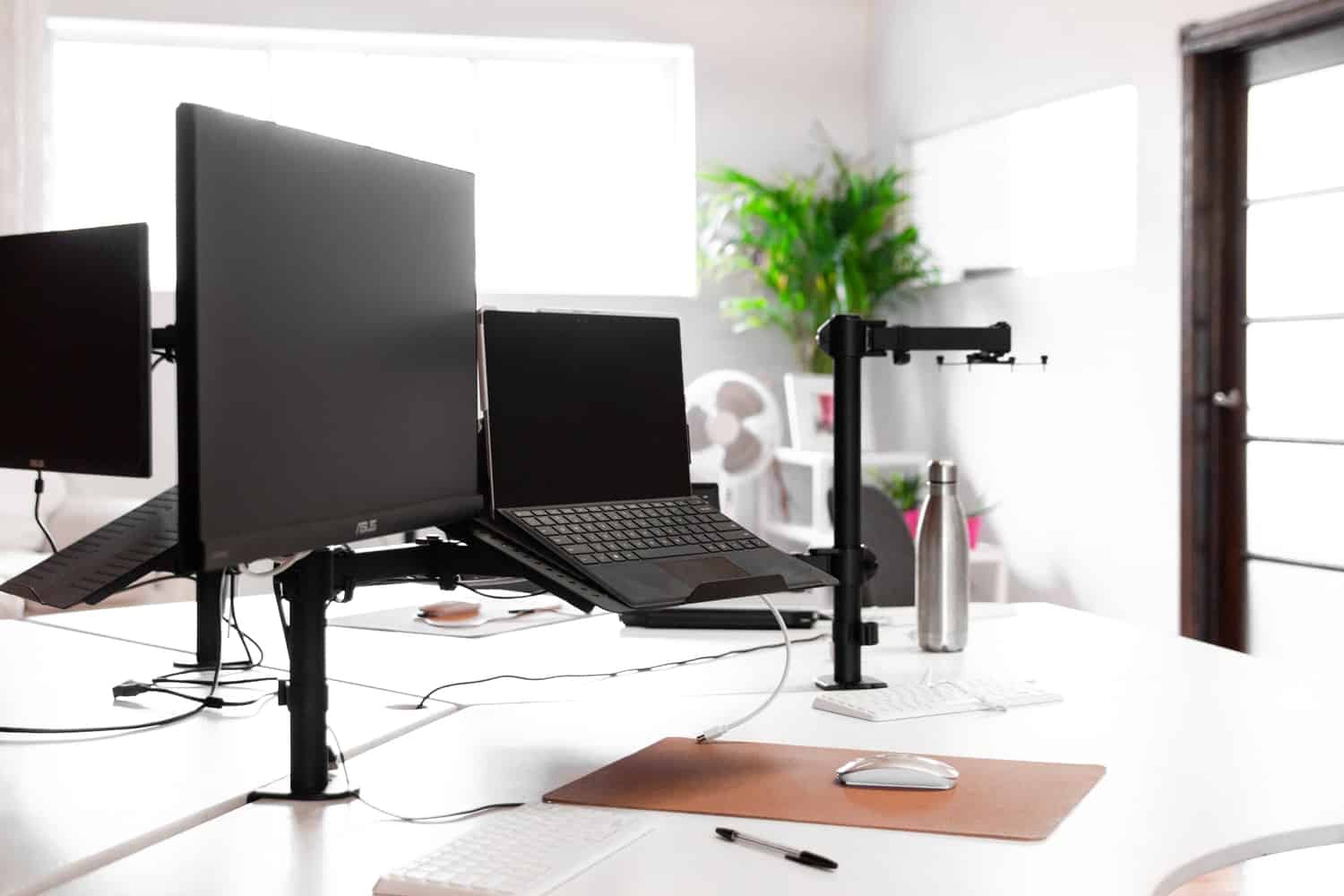Increase Productivity with the Proper Office Setup

An office is more than just a place where employees can work. It can also reflect your company’s values and culture. A well-organized, efficient workspace can make employees feel at ease and productive while laying the groundwork for high performance. However, creating an effective setup can be complicated; it requires careful planning, time, and resources. Here are some pointers on how to set up an efficient office space.
Make the Most of Your Available Space

Maximizing what you have is the first step in optimizing your office space. Examine your furniture, equipment, and supplies — do you require more storage or seating? Is there enough space for people to move around? Is there anything that could be used more effectively? Investing a few minutes now can save you time later when rearranging or purchasing new office supplies.
After you’ve taken inventory:
- Think about how each item can be used more efficiently to boost office productivity.
- Create separate spaces, for example, for meeting rooms or conference calls, allowing employees to focus on their tasks without being distracted by nearby conversations.
- Designate a specific area for collaboration so that teams can work together without being interrupted by other activities going on around them.
- Additionally, whenever possible, try to place desks near windows; natural light has been shown to boost morale and improve concentration during long working hours.
Strategically arrange supplies

No matter how well-designed an office is, it will only be efficient if its supplies are properly organized. It’s critical to spend some time determining which materials should go where—not only will this keep everything neat, but it will also help keep workflow running smoothly throughout day-to-day operations and longer-term projects.
Try grouping like items together, such as paperclips and pens, and storing them within easy reach, preferably within desk drawers or cabinets nearby, to keep clutter at bay.
Designate a central location for larger equipment such as printers, scanners, and copy machines so that everyone knows exactly where to find these tools when needed. Finally, don’t forget to label everything clearly; with multiple users accessing the same resources, chaos can quickly ensue if a proper labeling system is not in place!
Make Use of Technology Wisely

Technology plays an increasingly important role in workplace productivity in today’s digital world, so it’s critical to incorporate technological considerations into the overall setup plan.
Begin by evaluating current systems to see if any upgrades are required to improve performance and functionality – investing in the latest software programs and hardware devices may give staff an extra edge in getting the job done faster and with higher quality results.
Consider incorporating online communication platforms to streamline communication processes between colleagues in remote locations (such as video conferencing), provide powerful business solutions, and reduce travel costs associated with face-to-face meetings… If the budget allows, consider automating certain mundane tasks to free up valuable employee energy for higher-priority goals!
Ensure Comfort and Safety

Another important aspect of creating an effective workspace is ensuring workers feel comfortable and safe. Invest in ergonomic chairs and desks to promote healthier posture and reduce the risk of injuries caused by prolonged sitting in stationary positions. Trash cans should be strategically placed to avoid unnecessary messes and to maintain sanitary standards. Pay attention to lighting conditions, temperature, and optimal working conditions, both physically and mentally. Lastly, inspect the premises regularly to fix potential hazards and avoid costly mishaps. After all, staff members’ well-being is the top priority!









